Following our article “ Au padel also, Switzerland takes its time “, the vice-president of the Swiss federation, Manuel Faure, answered our questions on the development of the padel in his country, where there are currently around a hundred tracks, 800 members and around 10 practitioners.
Padel Magazine : Beyond the clichés about the supposed slowness of the Swiss, how is the padel in Swiss ?
Manuel Faure: “To speak of slowness seems exaggerated to me, because we started later than other countries and it is only for about three years that the padel is really starting to spread more widely in our country. We are at the stage where Denmark was at the end of 2018: there were around a hundred pitches there and in three years, this figure has exceeded 400. We SUIPA (the Swiss federation Padel) hope to achieve the same speed of development! »
Making an investment profitable is more risky
PM: What are the specific obstacles and difficulties in Switzerland?
FM: “The main obstacles to the rapid development of new sites of padel are of three kinds. First, the cost per square meter of land in Switzerland, particularly in urban or peri-urban areas. Then, the scarcity of favorable sites, which are for example far from residential areas in order to avoid appeals against projects due to nuisances. Finally, the weight of charges, wages, insurance, etc., which makes the return on an investment of padel more risky. »
PM: Conversely, what are the advantages of padel Swiss ?
FM: “Tennis is a bit on the decline, after the prosperous decades of the end of the last century and the first of the 21st century, which creates a development niche for our sport. Tennis clubs and other sports centers see in the padel a way of diversifying their offer, in the face of a clientele that is also less loyal to a single sport than in the past. From a performance perspective, it is clear that space is more efficiently used by the padel : eight players of padel occupy about the same area as a tennis court!
In addition, the short distances in Switzerland and the high population density can also be assets, as this facilitates mixing between players from the various regions.
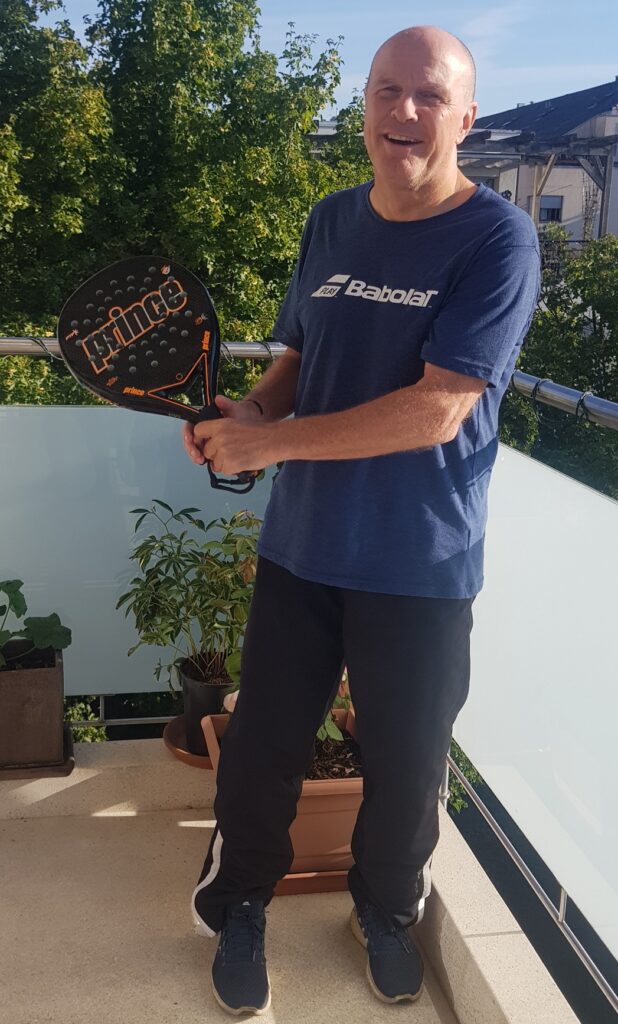
PM: What are SUIPA's priority objectives as a federation?
FM: “Since 2021, we have made good progress on several objectives: the padel is for example now present in all regions of the country, the number of competitions is increasing, sponsors are more and more interested in padel and a national junior movement took off, concretized by the sending of Swiss selections to two European championships.
Our priority objective remains the recognition of the sport “padel” by the organization “Swiss Olympic”, which is the umbrella organization of Swiss sport. This would then formalize the padel as a recognized sport in Switzerland and would give access to certain aid or subsidies - for example aid to clubs in times of a pandemic... We currently meet all the criteria for submitting an acceptance file, except that of the 1000 active members, which Shouldn't be long now – there are currently around 800 – by 2023 certainly.”
Le padel, “little cousin” of tennis?
FM: Following acceptance at Swiss Olympic, we will then be able to have the training that we have set up recognized by the national "Youth and Sport" structure, which will add new modules to our training and will allow trained coaches to receive funds for courses given to groups of young people up to 20 years old.
Our other objectives [detailed in this article from January 2021], such as development in schools, the promotion of padel with the sports authorities, the presence at major sporting or popular events or the holding of international competitions, still remains topical, to varying degrees.
PM: You are not in favor of integrating the padel within a tennis federation, as is the case in France. Why ?
FM: “For SUIPA, the padel must remain independent of other racquet sports. The association with tennis is perhaps beneficial in the short term, giving faster access to big resources, but in the medium or long term, we believe that this association will lead to maintaining the padel in the role of a "little cousin" of tennis, who will not always be able to freely decide his future! Besides, why the padel Should it be associated with tennis, when the other racket sports such as badminton, squash or table tennis all have their national federations?
PM: The padel Switzerland receive public funding?
FM: “Communes and cantons are starting to include projects”padel” in their current and future construction projects. With media coverage increasing alongside the number of practitioners, sporting authorities can no longer ignore the padel ! Public aid for a project site is essentially local, at the level of the municipality or the canton, and the situations vary greatly from one region of Switzerland to another. We were able to see it with the aid distributed during the various confinements linked to the Covid. Recognition by Swiss Olympic will bring additional credit to the sport”padel” and will certainly facilitate the acceptance of certain requests for support. »
After 40 years of tennis, Jérôme falls into the pot of padel in 2018. Since then, he thinks about it every morning while shaving… but never shaves pala in hand! Journalist in Alsace, he has no other ambition than to share his passion with you, whether you speak French, Italian, Spanish or English.




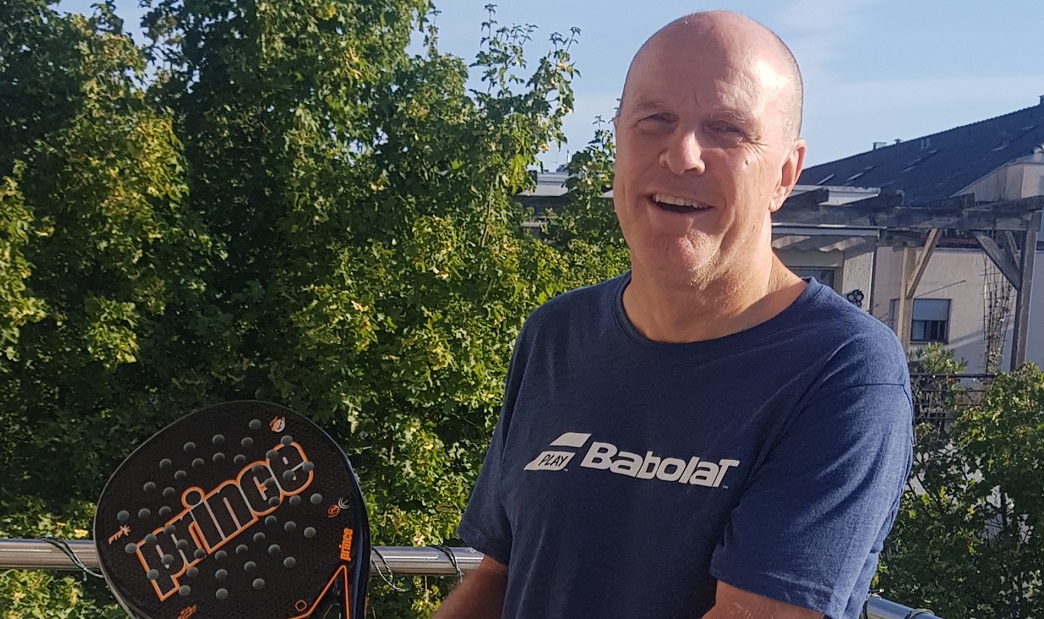














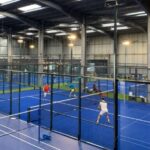


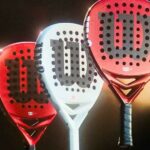














































































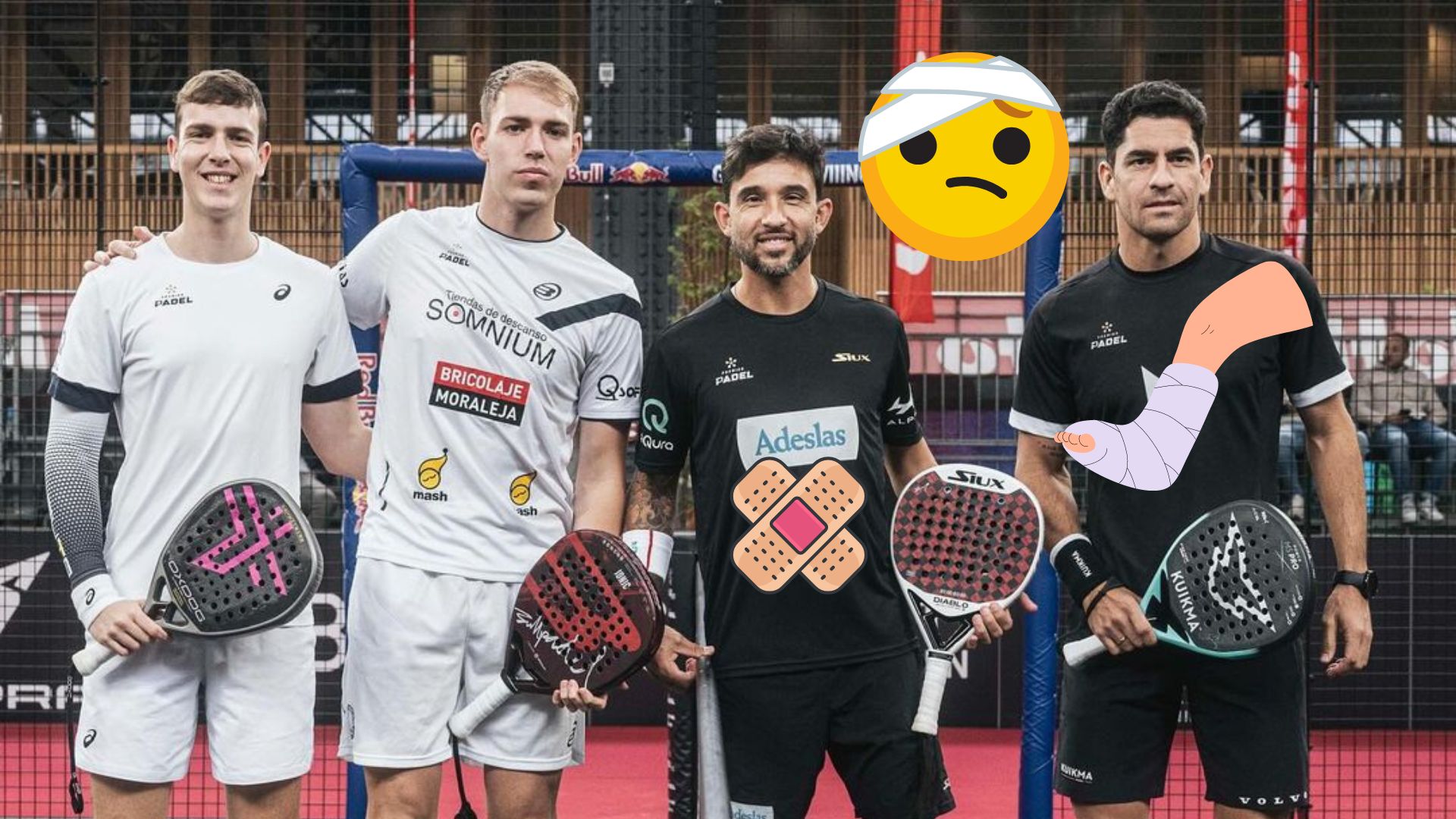 Unusual – Sanyo Gutierrez and Maxi Sanchez suffered in Brussels
Unusual – Sanyo Gutierrez and Maxi Sanchez suffered in Brussels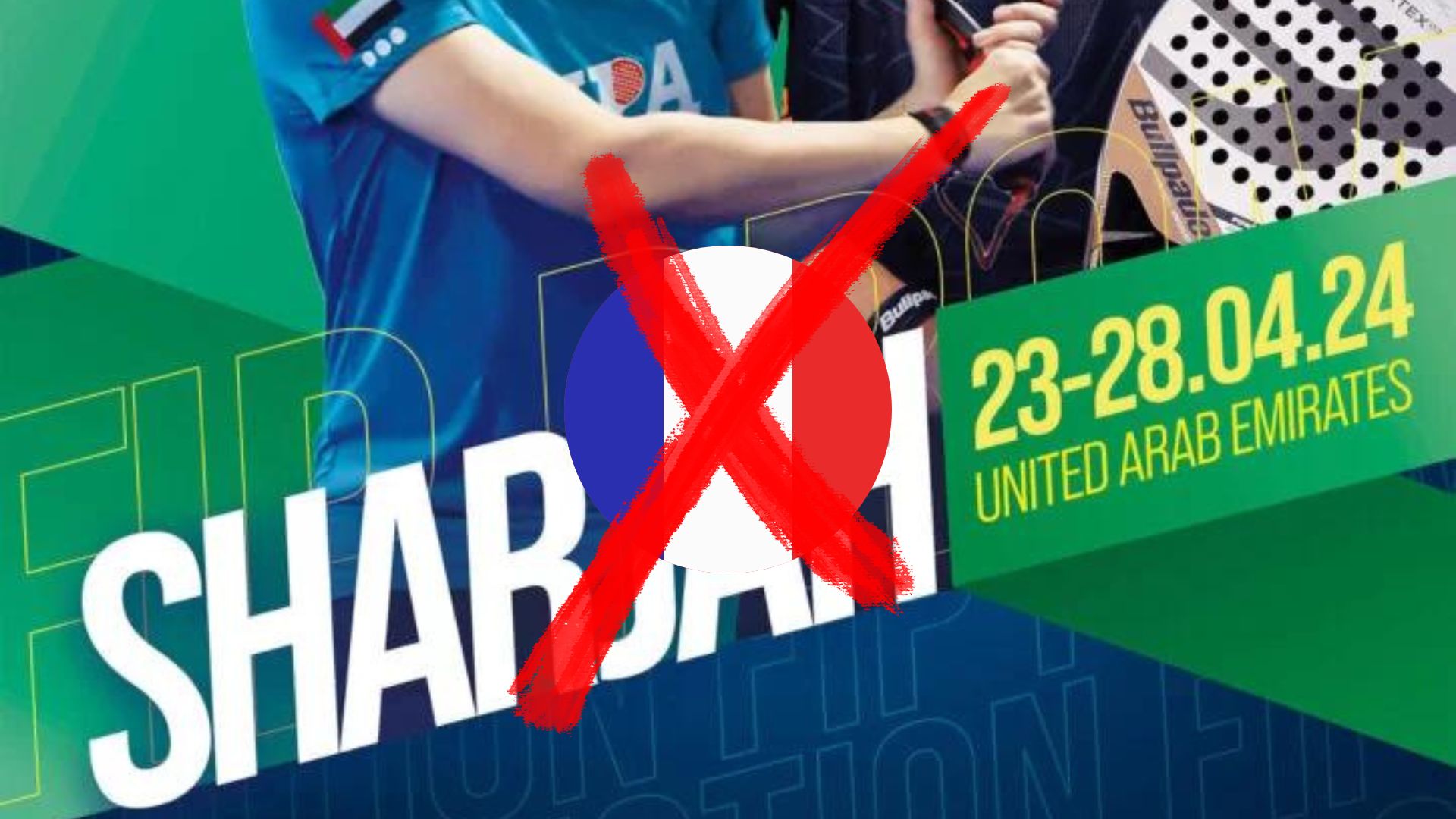 FIP Promotion Sharjah – More French people in the United Arab Emirates
FIP Promotion Sharjah – More French people in the United Arab Emirates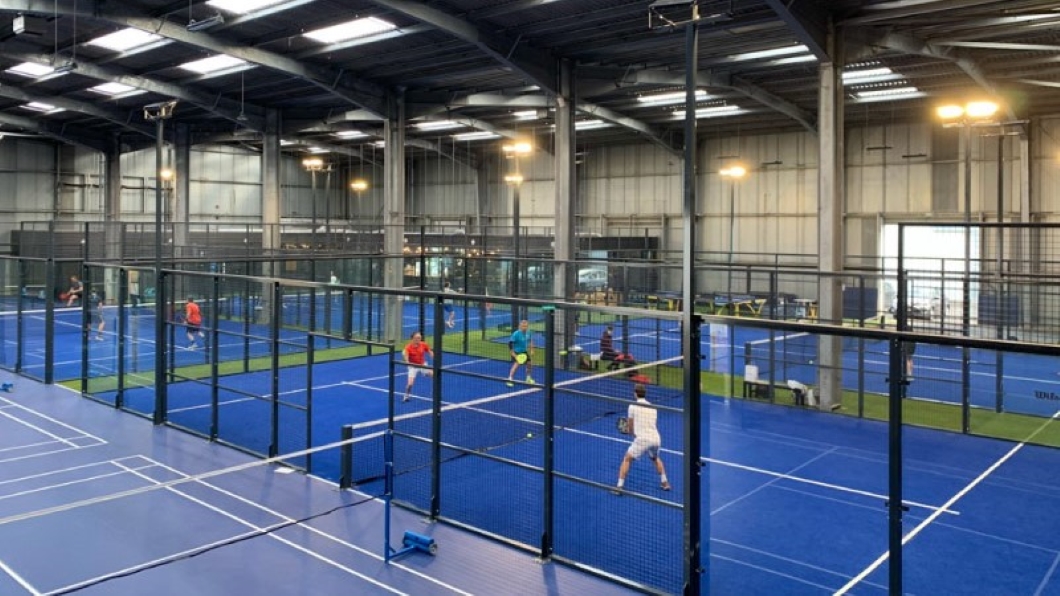 P1000 PadelShot Saint-Étienne – Follow the surprise poster Vincent/Hugounenq – Couturier/Benmergui live
P1000 PadelShot Saint-Étienne – Follow the surprise poster Vincent/Hugounenq – Couturier/Benmergui live Guillaume Codron de Sud Padel : “A family project”
Guillaume Codron de Sud Padel : “A family project” Nallé Grinda: “Democratize the padel in the USA with PadelX "
Nallé Grinda: “Democratize the padel in the USA with PadelX " Simon Boissé: “We know that there are two nations in front of us”
Simon Boissé: “We know that there are two nations in front of us” Marie Maligo: “This period of frequent changes of partners was beneficial for me”
Marie Maligo: “This period of frequent changes of partners was beneficial for me” The All Star Tour returns on May 16 at the All In in Lyon
The All Star Tour returns on May 16 at the All In in Lyon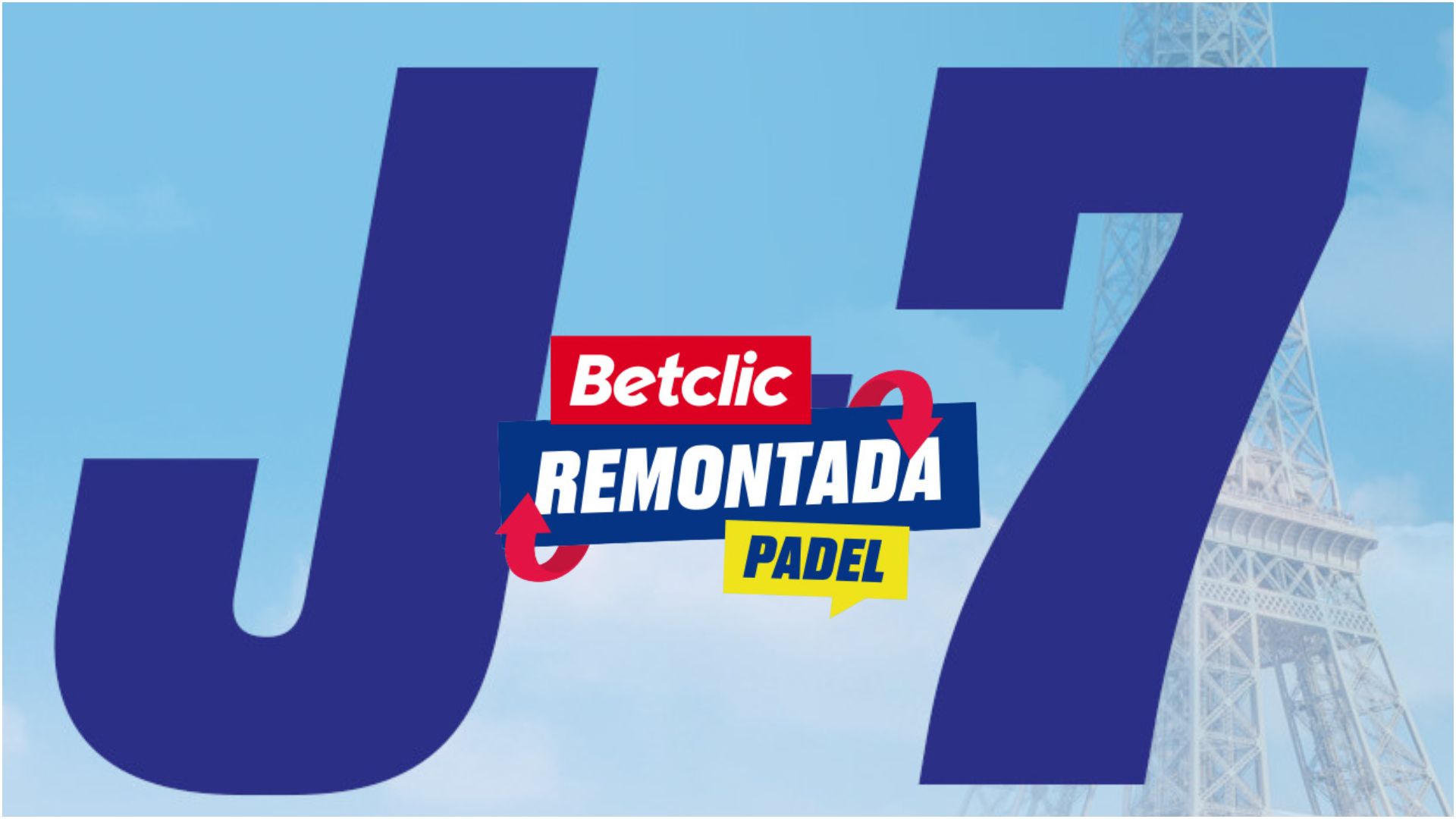 D-7 of the “BetClic Remontada Padel”, at the foot of the Eiffel Tower
D-7 of the “BetClic Remontada Padel”, at the foot of the Eiffel Tower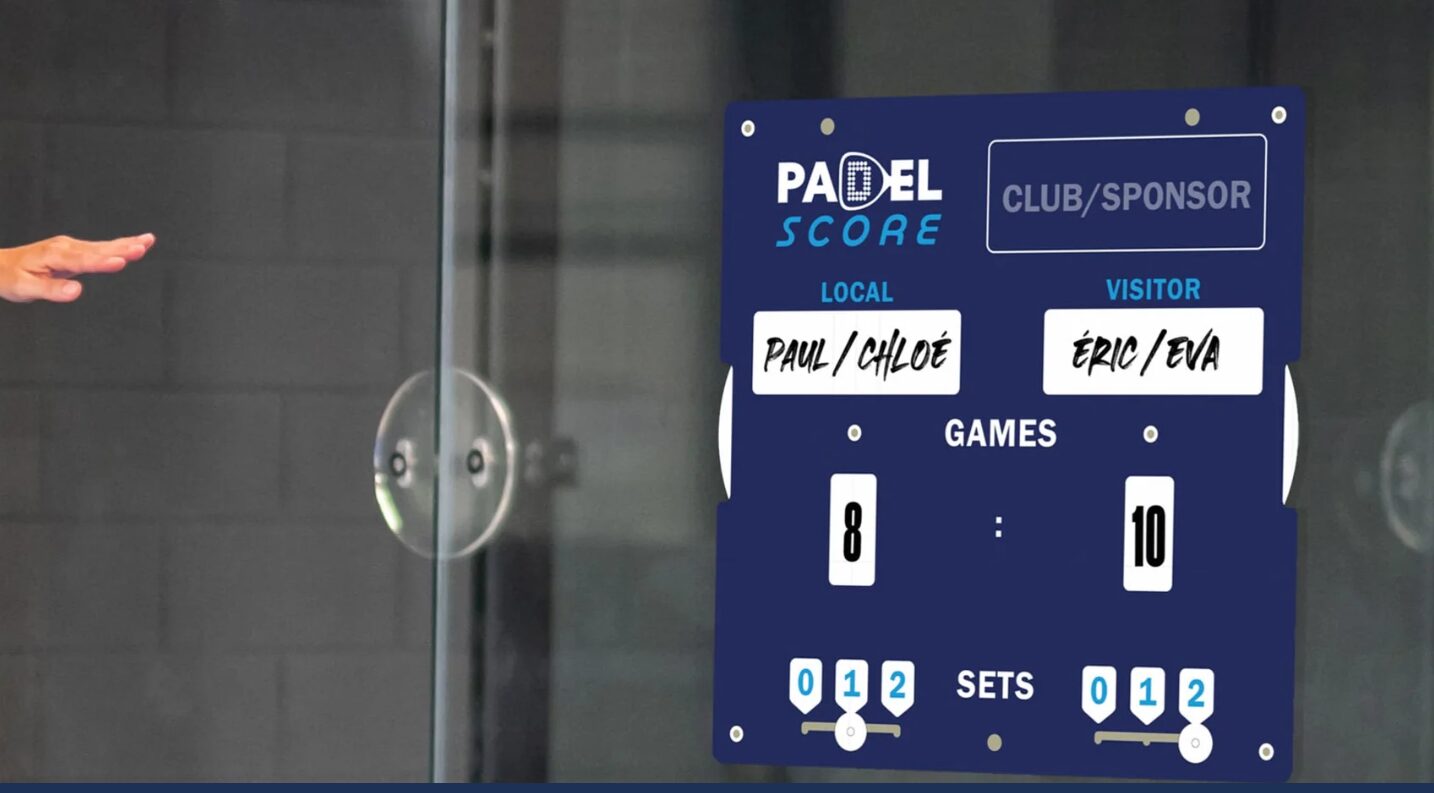 Padel Score: an essential table for keeping score
Padel Score: an essential table for keeping score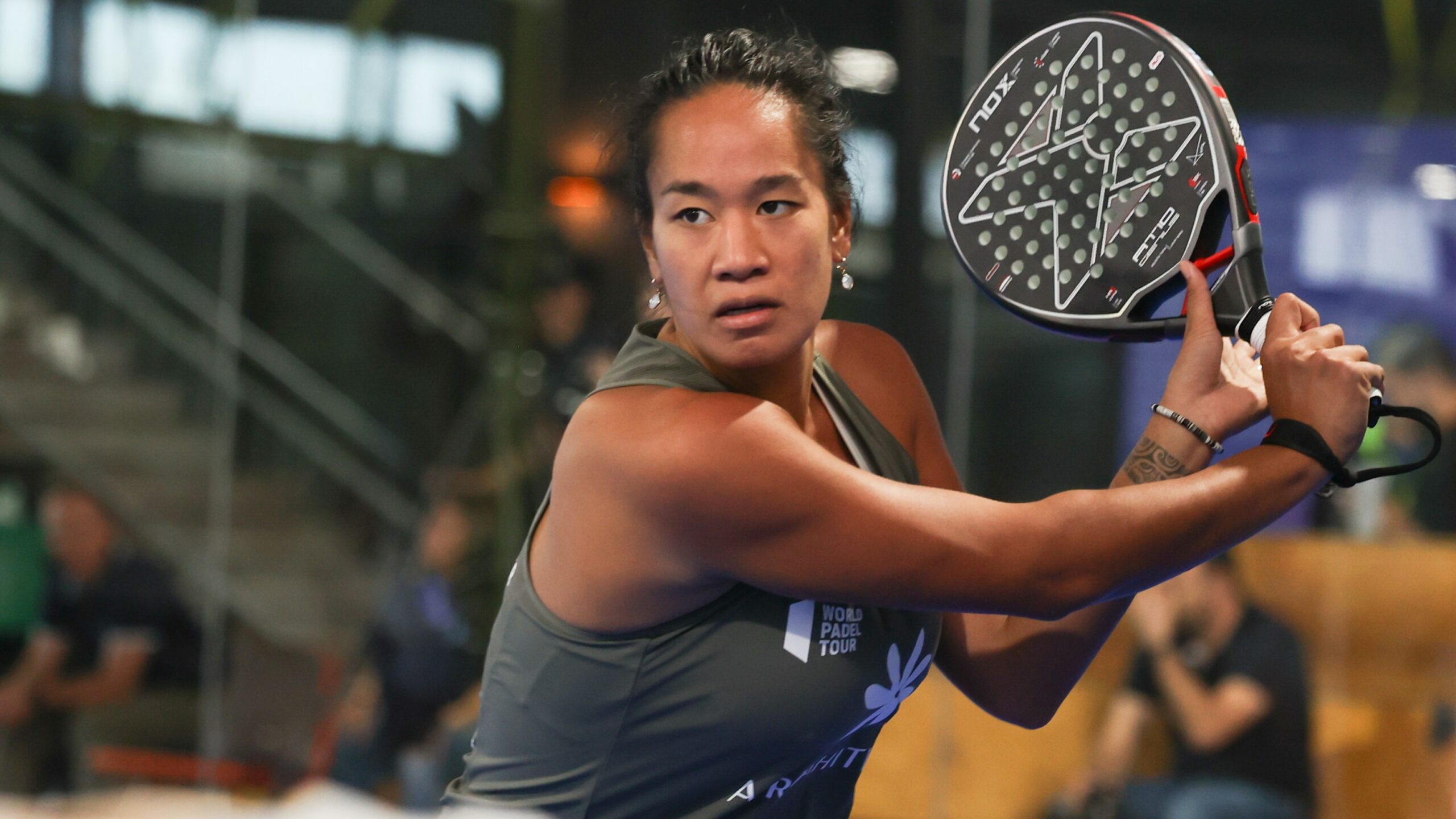 Léa Godallier makes her big return to the slopes this weekend
Léa Godallier makes her big return to the slopes this weekend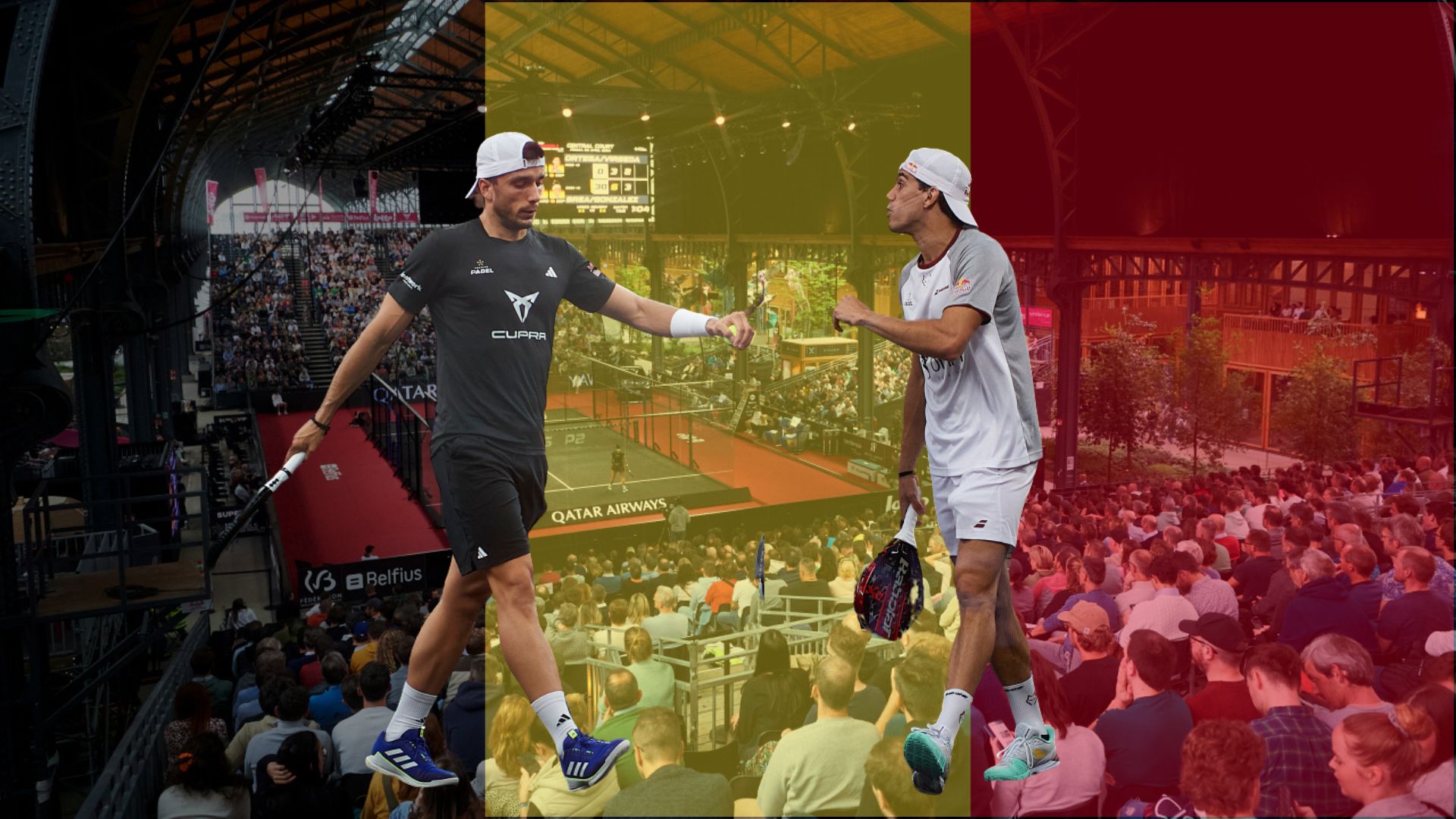 Premier Padel Brussels P2 – Juan Lebron and Ale Galan together in Belgium?
Premier Padel Brussels P2 – Juan Lebron and Ale Galan together in Belgium?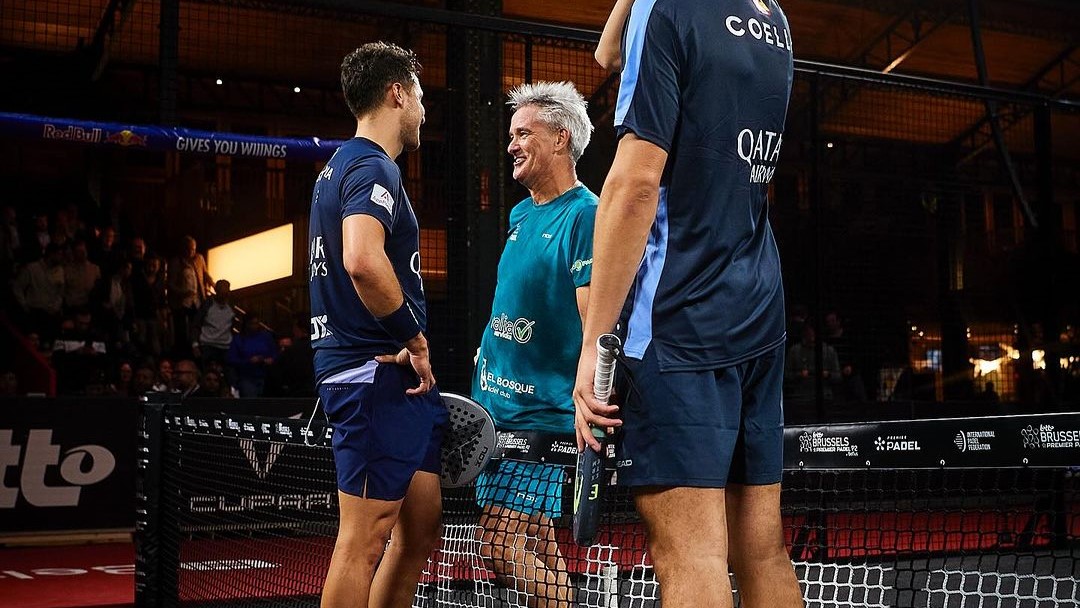 Agustin Tapia salutes the longevity of Miguel Lamperti
Agustin Tapia salutes the longevity of Miguel Lamperti José Manuel Escin at the inauguration of Casa Padel DOS: “Finally, and thank you!”
José Manuel Escin at the inauguration of Casa Padel DOS: “Finally, and thank you!” Padel Score comes to Tahiti for American Express Padel Cup!
Padel Score comes to Tahiti for American Express Padel Cup! Do you know the Rafa Nadal Academy Tour?
Do you know the Rafa Nadal Academy Tour? Play at padel on his yacht? Possible for €233.000!
Play at padel on his yacht? Possible for €233.000!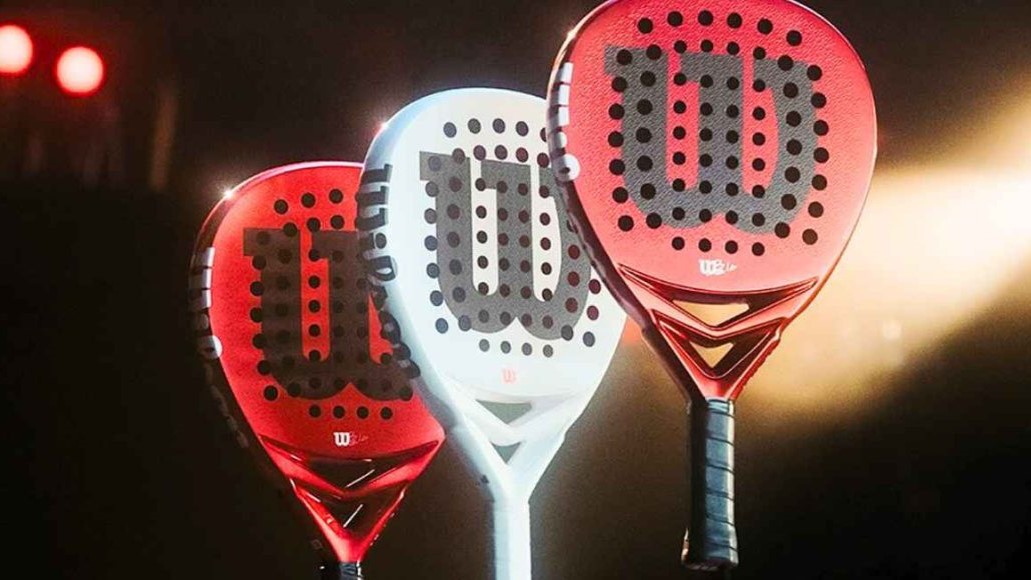 Presentation of the Wilson Bela V2.5 collection
Presentation of the Wilson Bela V2.5 collection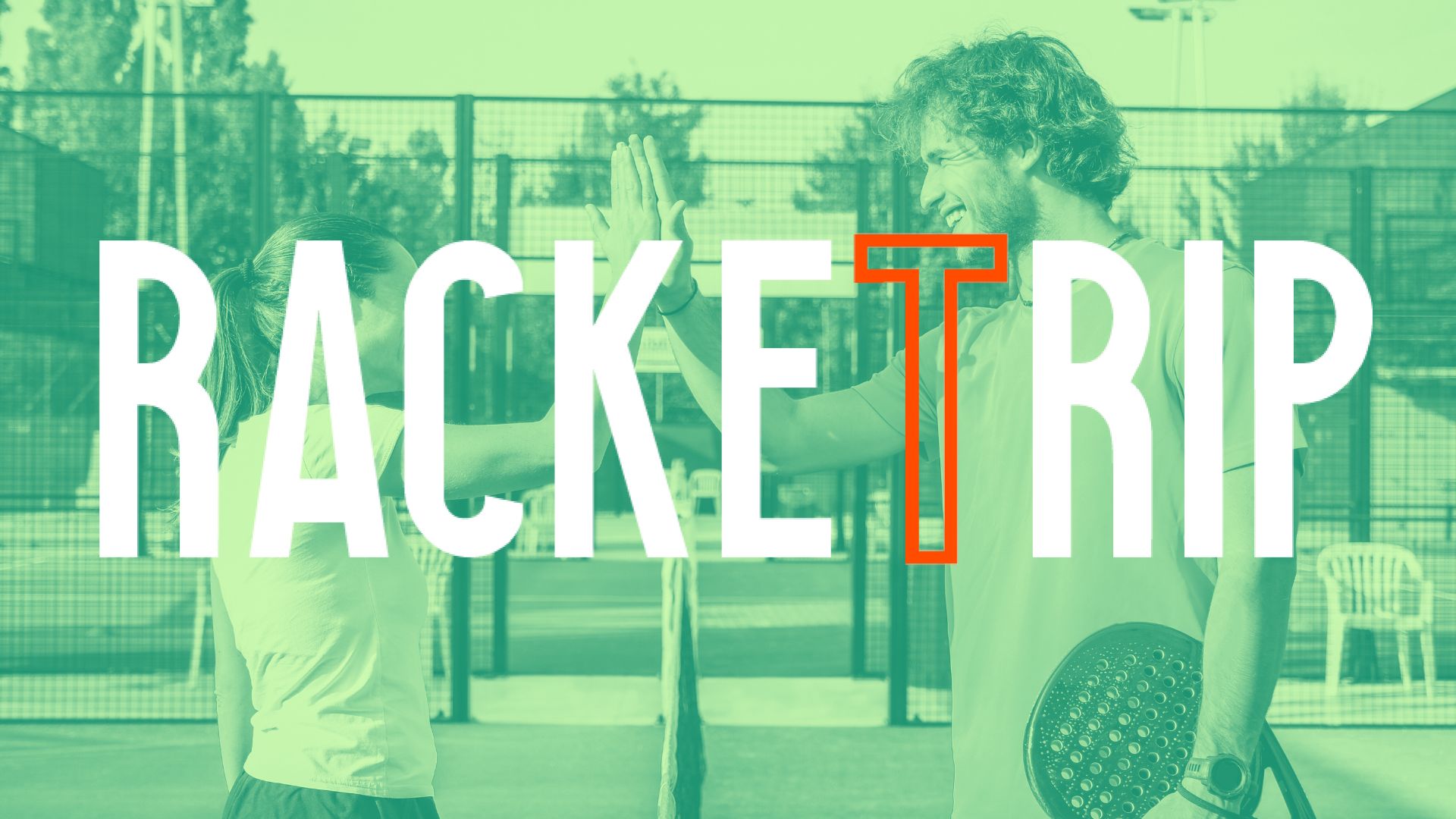 The LinkedIn of racquet sports: Racket Trip
The LinkedIn of racquet sports: Racket Trip The score at padel : manual
The score at padel : manual Our Top 10 training courses padel in France and Europe
Our Top 10 training courses padel in France and Europe At the heart of padel – Episode 25: Paul and Andoni answer your questions
At the heart of padel – Episode 25: Paul and Andoni answer your questions At the heart of padel – Episode 23: defend the window well
At the heart of padel – Episode 23: defend the window well Prohibition on playing topless Padel : the reasons
Prohibition on playing topless Padel : the reasons FIP Tour – Going far from Europe, THE strategy to earn points!
FIP Tour – Going far from Europe, THE strategy to earn points! What is a good football player? padel ?
What is a good football player? padel ? “Lefties give me headaches when I play against them!”
“Lefties give me headaches when I play against them!” At the heart of padel – Episode 14: how to earn points in winter?
At the heart of padel – Episode 14: how to earn points in winter? The basic tactics of padel
The basic tactics of padel A par 4 is always a winner...even if you manage to defend it!
A par 4 is always a winner...even if you manage to defend it! Carbon fiber VS fiberglass: what to choose?
Carbon fiber VS fiberglass: what to choose? How to effectively test a racket padel ?
How to effectively test a racket padel ? La padel to fight Parkinson's disease
La padel to fight Parkinson's disease Don't play with a cracked or broken racket, your body will thank you!
Don't play with a cracked or broken racket, your body will thank you! Michel Cymes: “The padel, physically, it’s serious!”
Michel Cymes: “The padel, physically, it’s serious!” Jeremy Gala: “Promote the padel among young people in Belgium remains a challenge”
Jeremy Gala: “Promote the padel among young people in Belgium remains a challenge” The French Touch Academy organizes its selection day Padel-Study
The French Touch Academy organizes its selection day Padel-Study Report on the detection and training of younger generations
Report on the detection and training of younger generations